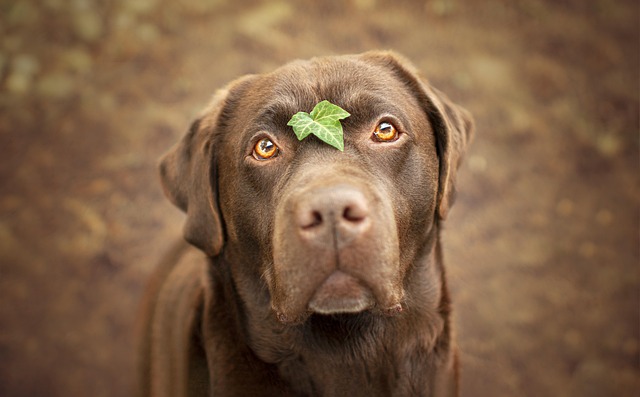
How do i train my dog to be obedient?
Watching your dog dart across the park ignoring your calls isn’t just frustrating—it can put them at risk near busy streets or public spaces.
How to train an unruly dog to walk on a leash? If you’re a new dog parent in the US, you’ve probably experienced that frustrating tug-of-war: your pup lunges at squirrels, drags you toward other dogs, or plants their paws like a stubborn mule. What should be a relaxing stroll turns into a workout—and it’s not just annoying, it’s unsafe. Let’s break down how to turn chaos into calm.
Dogs learn through association, a concept animal behaviorists call “operant conditioning.” When good behavior (like walking calmly) gets rewarded, they’re more likely to repeat it. Punishment, on the other hand, confuses them and can damage trust. Think of it this way: if your dog pulls and you yank the leash, they might associate walks with stress, making them more anxious—not better. Positive reinforcement is key here.
Start small, indoors. Grab a lightweight leash and a bag of your dog’s favorite treats (cheese cubes work wonders for my rescue terrier, Lola). Let them drag the leash around the living room to get used to the feel. When they look at you or walk beside you without tension, say “Good job!” and offer a treat. Do this for 5–10 minutes daily, gradually adding gentle guidance. Once they’re steady inside, move to your yard. If they pull, stop walking—stand still until they loosen the leash, then resume and reward. Consistency beats intensity here.

Now, let’s tie this to real-world rules. First, compliance: In every US state, keeping your dog’s rabies vaccine up to date is legally required—vets can issue certificates, and some cities even check during park visits. When you head out for walks, always pack poop bags. In places like Seattle, failing to clean up after your dog can cost $250, and it’s basic respect for your community.
Culturally, never use choke chains or shock collars—these are seen as inhumane in most US communities, and many trainers refuse to work with them. If your dog gets overexcited, take a breath: instead of scolding, redirect their attention with a treat and a “Let’s go!” to refocus. This builds trust far better than punishment.
Living in an apartment? Train during quieter hours—early mornings or late evenings—to avoid disturbing neighbors with excessive pulling or barking. In shared spaces like hallways, keep the leash short to prevent jumping on others, and step aside for pedestrians. At dog parks, wait until your pup is leash-trained before letting them off-leash—rushing this can lead to conflicts with other dogs.
With patience, your unruly pup will learn that walking beside you means good things: treats, praise, and more fun exploring. And you’ll both enjoy walks that feel like bonding, not battles.

Watching your dog dart across the park ignoring your calls isn’t just frustrating—it can put them at risk near busy streets or public spaces.

New puppy owners often find themselves rushing to clean up accidents before they set in, and that’s where puppy pad training becomes a game-changer.

If you've noticed your dog's waistline disappearing and your veterinarian has mentioned those few extra pounds, your first instinct might be to simply reduce the amount of food in their bowl.

Training a dog to use a designated spot indoors isn’t as daunting as many new owners fear, but it does take consistency and an understanding of your pet’s needs.

That moment of dread on a walk is all too familiar for many new dog owners. You see another dog approaching down the sidewalk of your neighborhood

If the sight of another dog on your neighborhood walk makes your heart sink as your own dog erupts into a frenzy of barking and lunging, you're not alone.